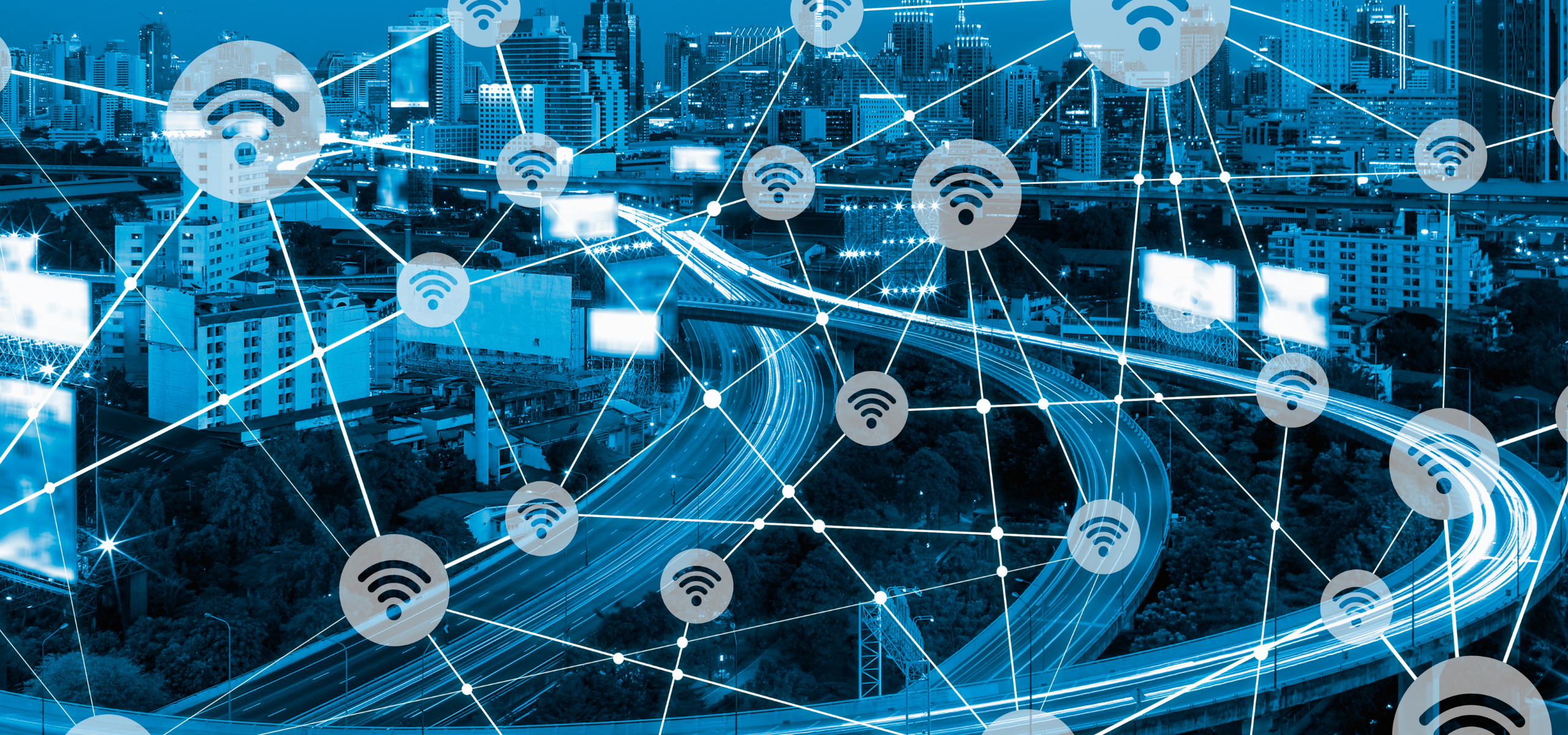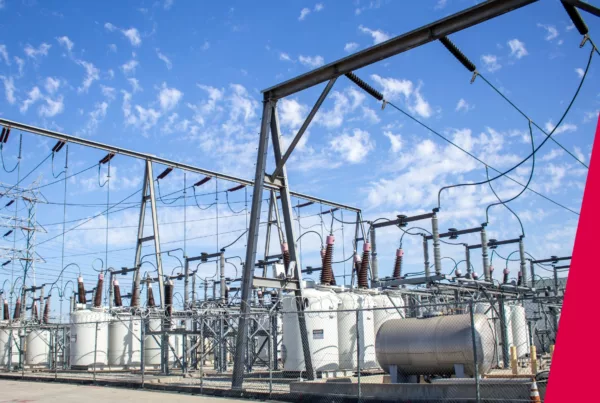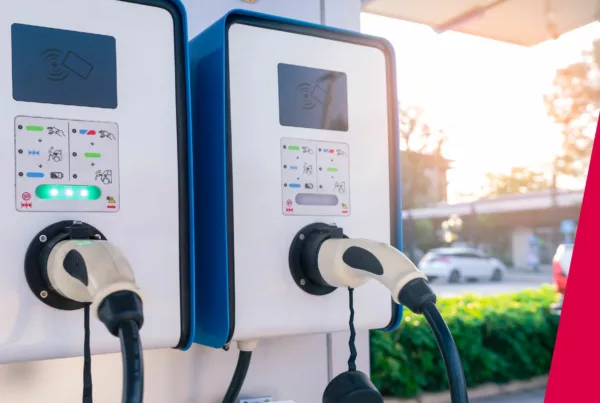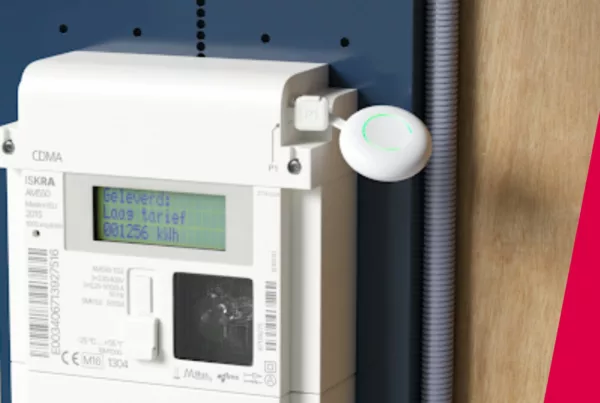The Basics
Internet of Things (IoT) technologies are changing how we live, work and manage energy. Moreover, IoT technology plays a pivotal role in driving the energy transition by enabling smart, data-driven solutions across the energy ecosystem. Through real-time data monitoring and analysis, IoT devices optimise energy consumption, enhance grid management, and facilitate the integration of renewable energy sources to our electricity grids.
Wireless technology is a crucial element in this IoT-driven energy transition and one such wireless communications technology that’s getting a lot of traction is LoRaWAN, and for good reason. LoRaWAN can send data reliably over very long distances with very low power consumption.
That said, while LoRaWAN offers many benefits, EpiSensor has always opted for Zigbee wireless communications and here’s our reasons why:
- The IoT solutions we deliver for managing energy and supporting electricity grids typically need to send large amounts of data, quickly, between them.
- We only deploy devices that provide support for ‘Over-the-Air’ (OTA) firmware updates, for reliability and security reasons.
Here, we explore each of these reasons in detail:
The Need for Speed
In many industrial / commercial settings, when delivering IoT applications like energy management and demand response, it’s crucial to get large amounts of data from sensor devices to the cloud quickly. LoRaWAN’s duty cycle and bandwidth limitations currently limit how much data you can send and receive. This means it may not be the best choice for the types of projects we enable at EpiSensor, that generally require the transmittance of large volumes of data, fast.
Our OTA Policy
Even more crucial is our policy regarding OTA firmware updates, which we consider a ‘must-have’ for several reasons, the most important thing being long-term security and reliability.
What are OTA updates
Over-the-air (OTA) updates refer to the process of wirelessly updating software on devices, such as smartphones, IoT devices, and other electronic systems, directly from the manufacturer or developer. Instead of requiring users to manually download and install updates using physical connections, OTA updates are sent and installed via wireless networks (such as Wi-Fi or cellular data). This convenient method allows devices to receive and apply software upgrades, patches, or new features without the need for user intervention, ensuring that devices stay up-to-date with the latest improvements and security enhancements.
When Business is on the Line
For businesses where sensor data is really important, the need for OTA updates is even bigger. Imagine if a security flaw gets discovered, or a technological bug starts causing problems. The ability to update devices quickly and remotely isn’t just a ‘nice-to-have’ — it’s crucial for keeping things running smoothly and something we view as indispensable.
LoRa Alliance and OTA updates
The LoRa Alliance has published application notes on how OTA firmware updates can be achieved using LoRaWAN, and there are definitely some examples of it being done. However, in our view, LoRaWAN wireless technology does not yet offer the practicality and speed required for efficient OTA updates. That said, we continue to keep a close eye on enhancements and publications from the LoRa Alliance as this technology is continuously evolving, as are we.
Safeguarding your future
When delivering business-critical energy-related IoT solutions, we focus on maximising data transmission and ensuring seamless OTA firmware updates, to safeguard network security and reliability. Grounded by 15 years of R&D, we analyse and qualify every technology chosen for our IoT devices and Gateway, to ensure we are designing and producing the best energy monitoring technology for you, our partners and customers.
Keen to find out more about our advanced IoT solutions and the technology that forms the basis for our partner’s success?
Connect with our experts to arrange a consultation today!



